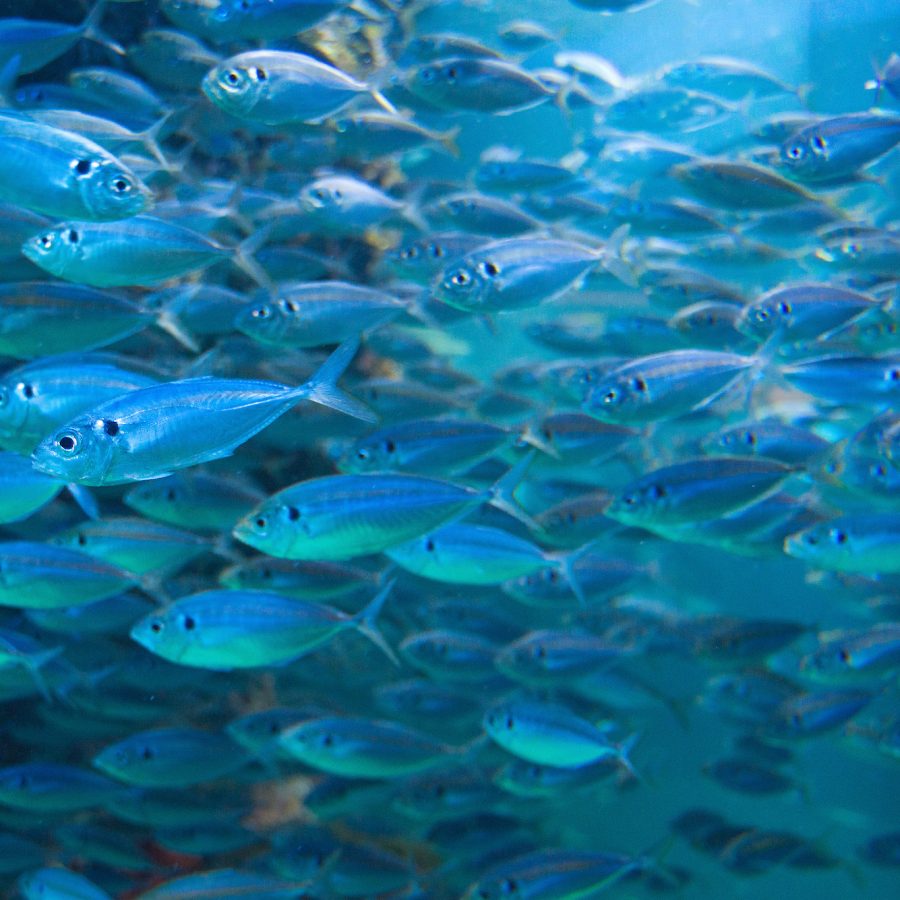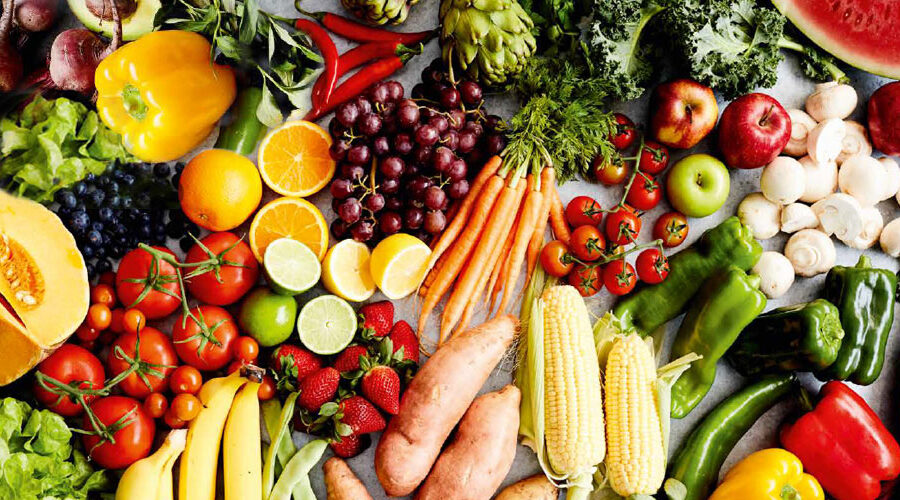Ocean dead zones
Ocean dead zones are threatening marine life and ecosystems.
It’s remarkable to think that our oceans cover 70% of the surface of our planet yet are still the least explored part of it. Sadly, this doesn’t mean our oceans have been spared the harmful effects of human activity.
And of all that human activity, raising and killing animals for food (both land and sea-dwelling animals) is cited as one of the leading causes of ocean degradation, and dead zones – where oxygen levels drop so low that marine life cannot survive.
Another major threat facing our oceans are plastics – over 5 trillion pieces of plastic, including billions of microfibres, litter the surface and depths of our oceans – with deadly consequences for sea birds, sea turtles, fish and marine mammals.









